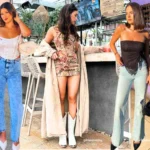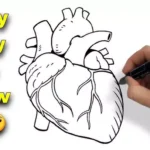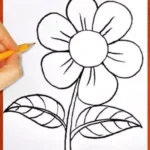Are you an artist looking to improve your figure drawing, anatomy, or gesture sketching? Whether you’re a beginner learning the basics or a professional refining your style, having access to high-quality sketching pose references is essential. In this guide, we’ll explore how 900 photo references can transform your art, boost creativity, and improve your drawing skills tenfold.
Why Photo References Matter in Sketching Art

Using photo references helps artists:
- Understand human anatomy and proportions
- Study real-life body movement and balance
- Practice gesture drawing and dynamic poses
- Build muscle memory through repetition
- Enhance creativity and character design ideas
Without solid references, it’s easy to develop habits that can stunt artistic growth. That’s why a diverse photo library is every sketch artist’s best friend.
What Are Sketching Art Poses?

Sketching art poses are photographs of people (and sometimes mannequins or 3D models) captured in various positions, from dynamic action stances to subtle, relaxed gestures. These include:
- Standing, sitting, walking, or reclining poses
- Action poses like jumping, kicking, or dancing
- Emotional expressions and hand gestures
- Male and female anatomy at different angles
- Stylized, exaggerated, or foreshortened forms
Explore 900+ Sketching Poses: A Goldmine for Artists
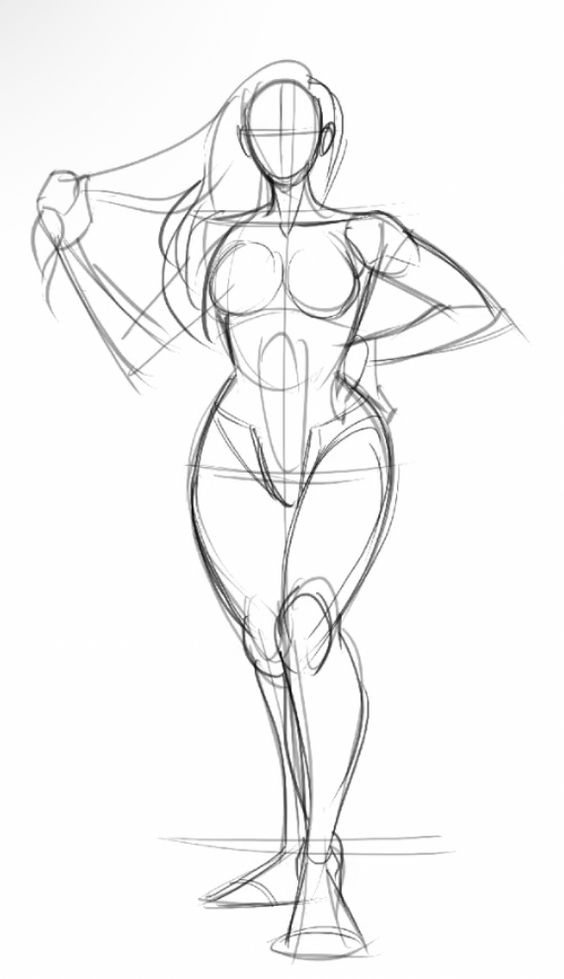
Imagine having 900 high-quality pose references at your fingertips—an artist’s dream! Here’s what you can expect from this mega collection:
✅ Dynamic Poses for Action Scenes
Whether you’re sketching superheroes, martial artists, or dancers, dynamic movement references help you convey energy and motion in your artwork.
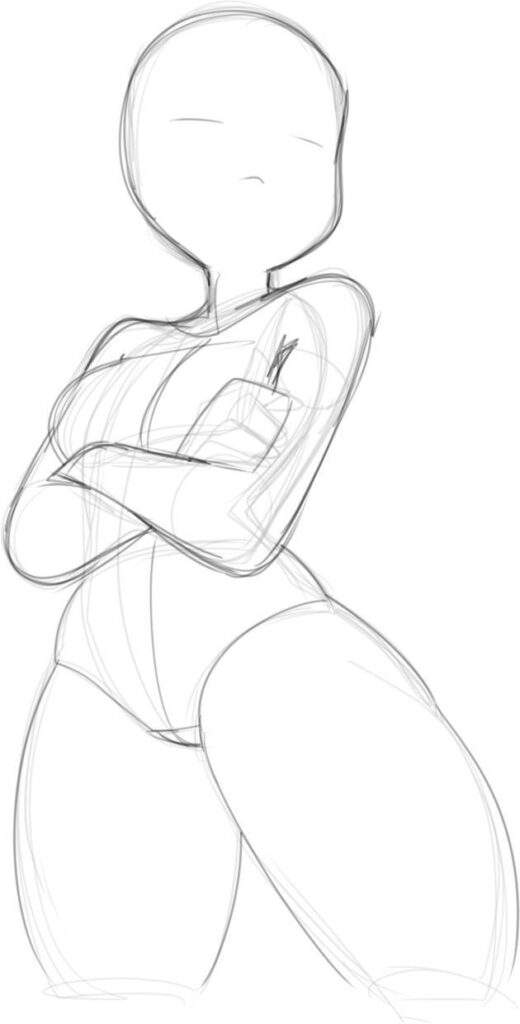
✅ Natural Everyday Poses
Realistic everyday stances like sitting, leaning, or reaching enhance slice-of-life illustrations and character interactions.
✅ Male & Female Anatomy Poses
Perfect for practicing proportions, muscle structure, and body language. Includes different body types, ages, and ethnicities.
✅ Gesture Drawing Shots
These time-based references are perfect for warming up. Practice 30-second or 2-minute gesture sketches to capture flow and movement quickly.
✅ Foreshortened Angles

Tough to draw but visually striking, foreshortened views are a must for improving your spatial perception and depth.
Perfect For Every Art Style and Level

Whether you’re into:
- Realism
- Anime/Manga
- Comics & Cartoons
- Character Design
- Fashion Illustration
These references adapt to your workflow. Zoom in for details, or simplify forms for stylized interpretations.
Digital Artists and Traditional Sketchers Alike Benefit
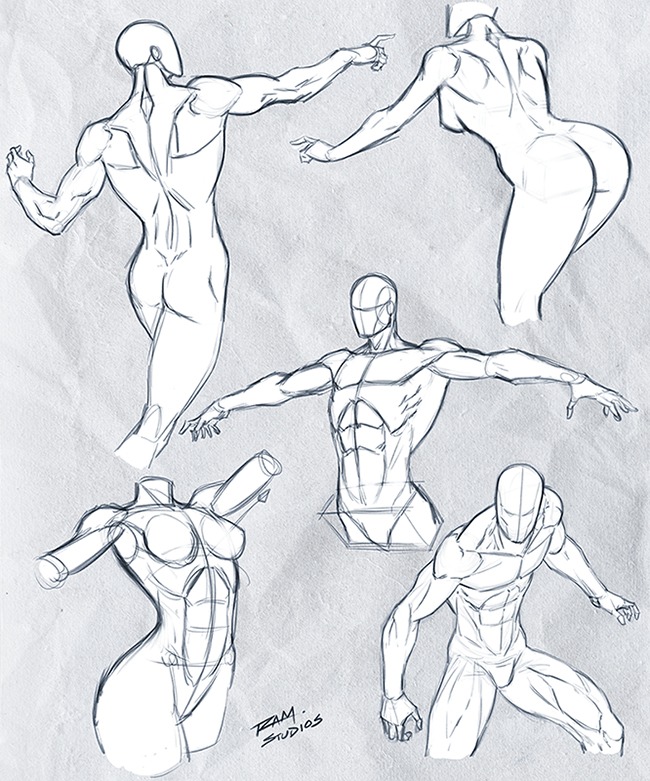
These pose references are ideal for:
- iPad artists using Procreate or Photoshop
- Sketchbook artists practicing with pencil or charcoal
- Art students in figure drawing classes
- Comic creators working on storyboarding
- Illustrators needing quick pose ideas
How to Use Pose References Effectively

- Warm Up with Gesture Drawing
Start with 30-second sketches using timed references. Focus on energy, not perfection. - Study Proportions
Use the reference to observe ratios and body alignment. Overlay grid lines if needed. - Break Down the Body into Shapes
Use cylinders, boxes, and spheres to simplify complex poses and understand the structure. - Create Original Art from Poses
Don’t copy exactly—use the pose as a foundation and add your own characters or style. - Practice Daily
With 900 poses, you can sketch a few every day and never run out of inspiration!
Where to Find 900 Photo References for Sketching

Many artists ask, “Where can I get these references?” You can find large pose collections from:
- Professional art model websites
- Stock photo platforms (e.g., Pexels, Unsplash, DeviantArt)
- Pose reference books
- Figure drawing apps and software (e.g., PoseMy.Art, Line of Action)
- Paid bundles on platforms like Gumroad or ArtStation
Look for references with good lighting, clear anatomy, and various body types to build a versatile library.
Tips for Sketching From Photo References

- Don’t trace—observe and interpret
- Change camera angles to challenge yourself
- Use mirror mode to spot proportion issues
- Keep your lines loose during gesture sketches
- Try blind contour drawing for a fun challenge
Inspiration for Creating Your Own Pose Library

Want to take it a step further? Use a camera or phone and photograph yourself or a friend in different poses. This custom reference method helps:
- Develop personalized character ideas
- Explore unique clothing folds and lighting
- Practice lighting from multiple directions
Conclusion: Make Every Sketch Count

Having access to 900 sketching art pose references is like having a classroom at your fingertips. It’s not just about copying—it’s about studying, adapting, and growing as an artist. Whether you’re improving anatomy, gesture, or your sense of flow, these references are a must-have.
So sharpen your pencil (or your stylus), dive into your reference library, and bring your sketches to life—one pose at a time.
FAQs
Q: Can I use pose references for commercial art?
A: It depends on the license. Always check usage rights—some are royalty-free, others are for personal use only.
Q: How many poses should I draw daily?
A: Even 5–10 poses a day can significantly improve your skills over time. Consistency matters more than quantity.
Q: What if I struggle with anatomy?
A: Use pose references along with anatomy guides to understand muscle structure and bone placement better.

Alexander Smith is an accomplished blogger with years of experience in crafting engaging and insightful content. Known for his expertise and passion for storytelling, Alexander brings a unique perspective to Fascinate Names, captivating readers with his thoughtful analysis and fresh ideas. His extensive background in digital media and writing makes him a valuable voice in the blogging community.


